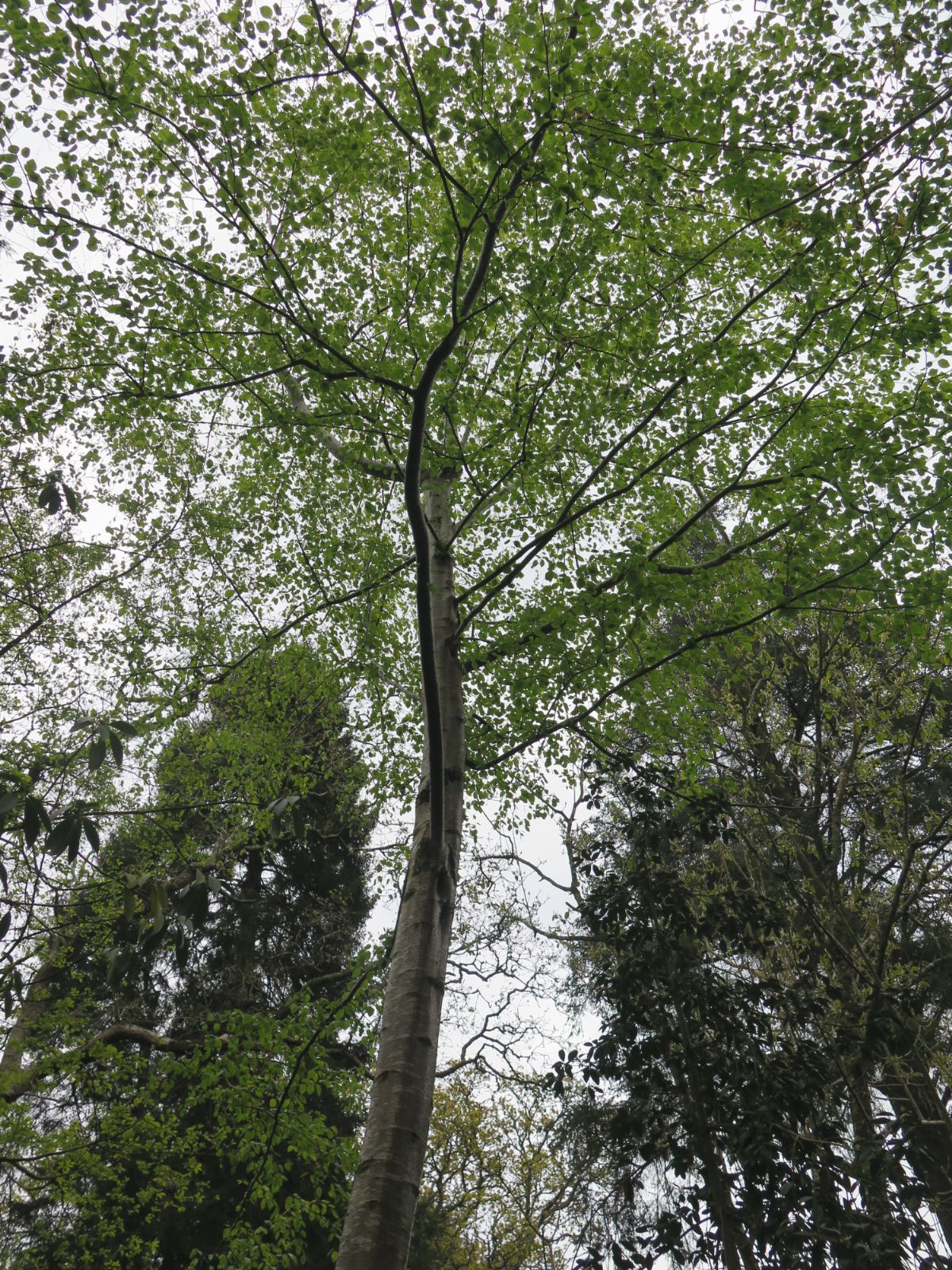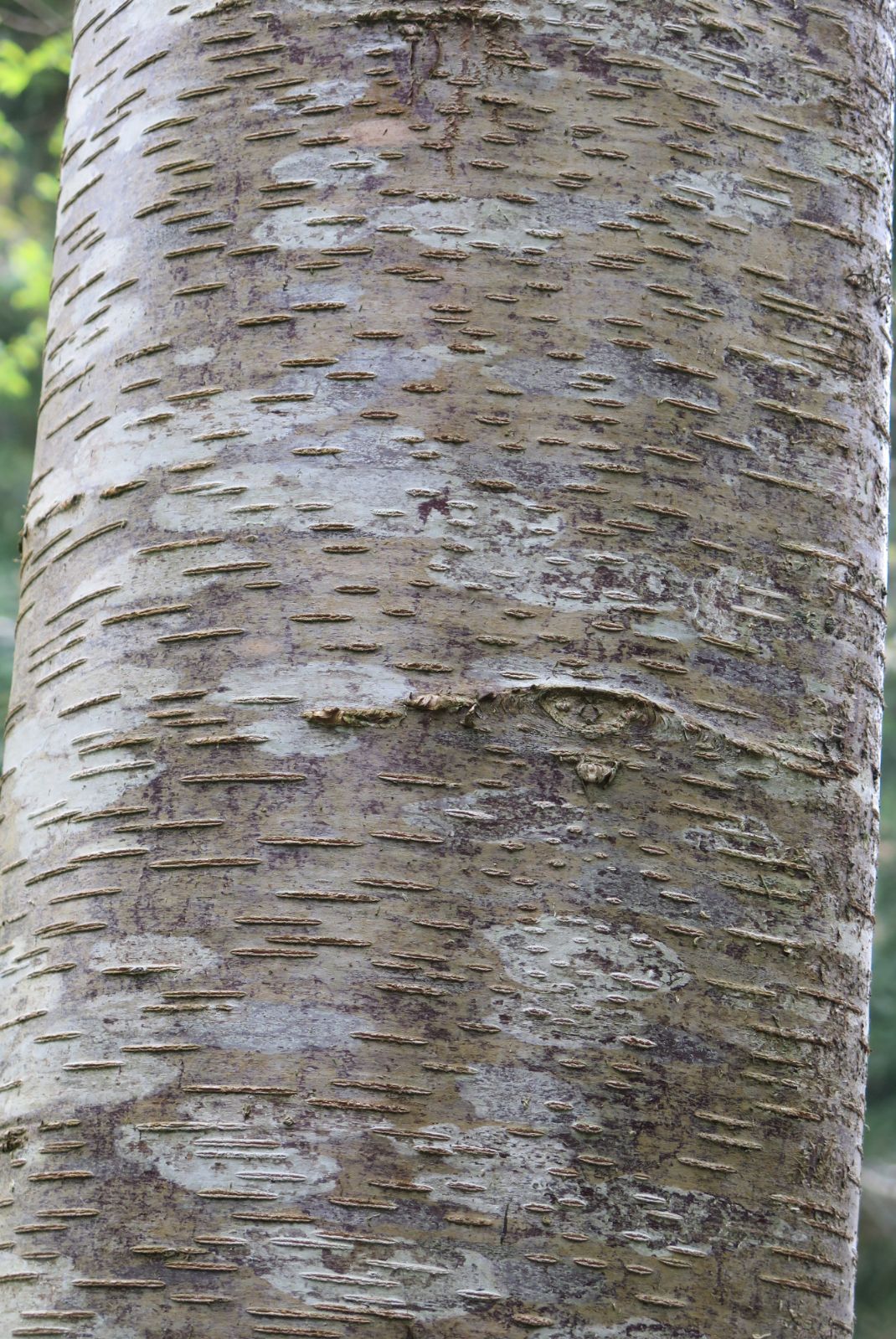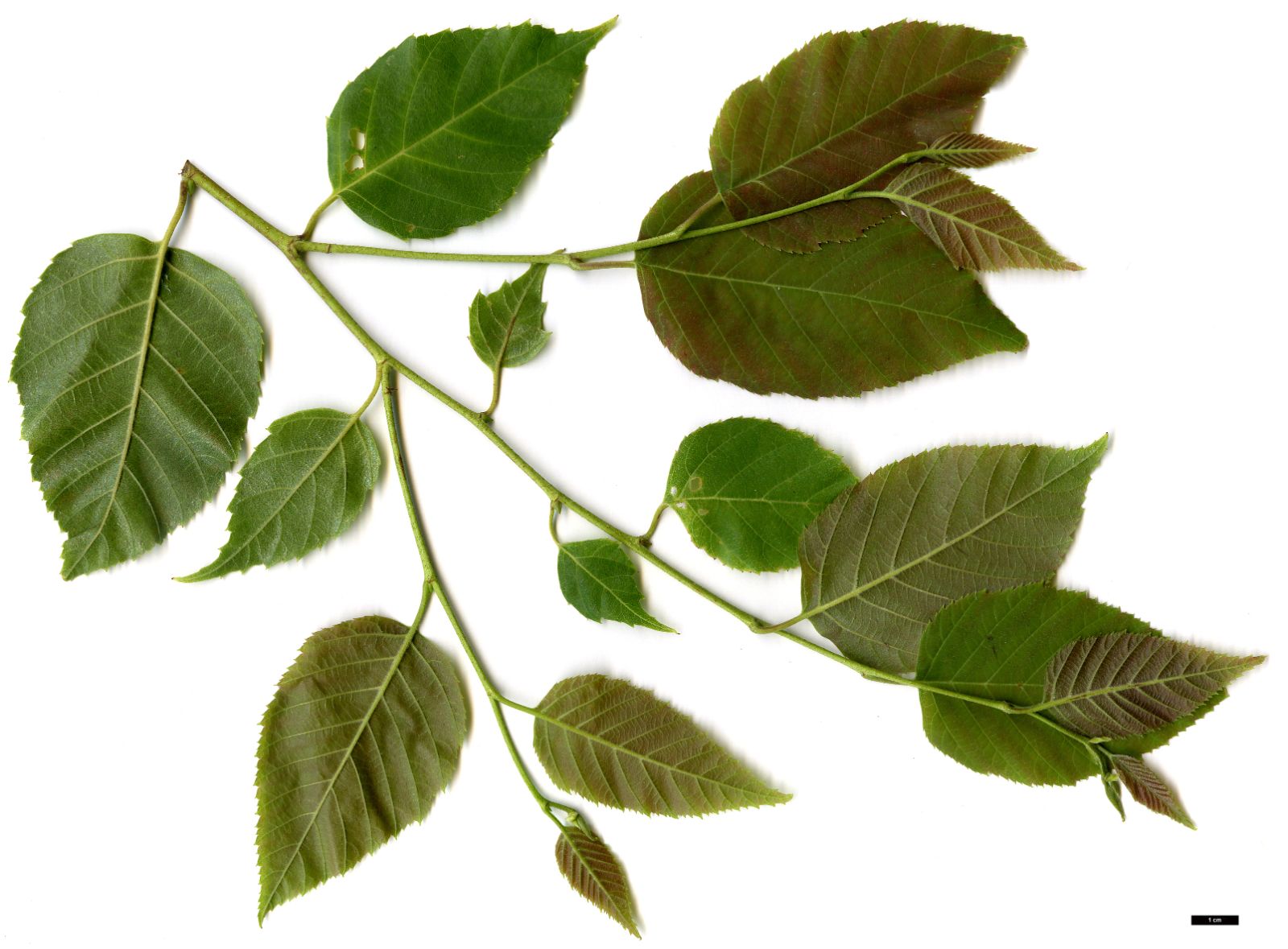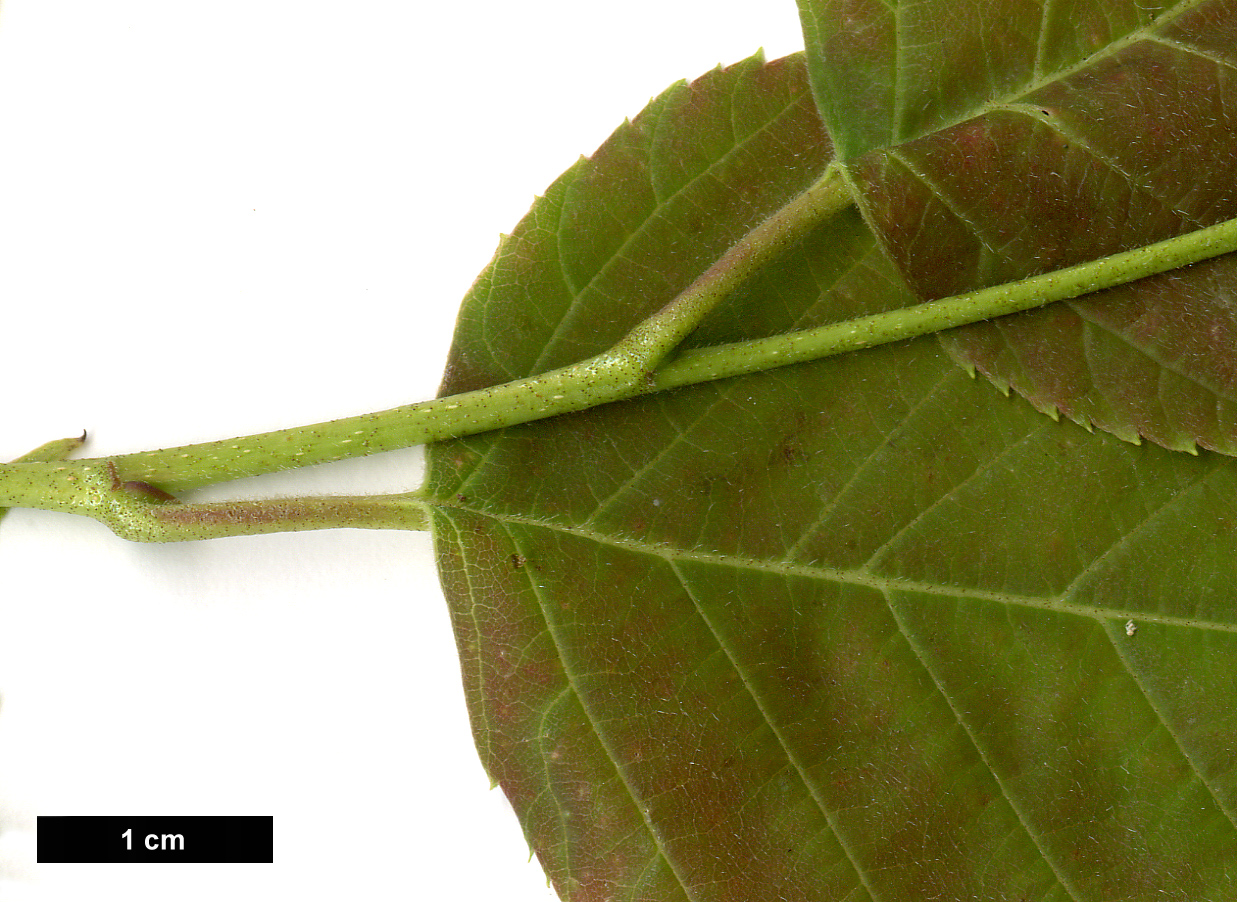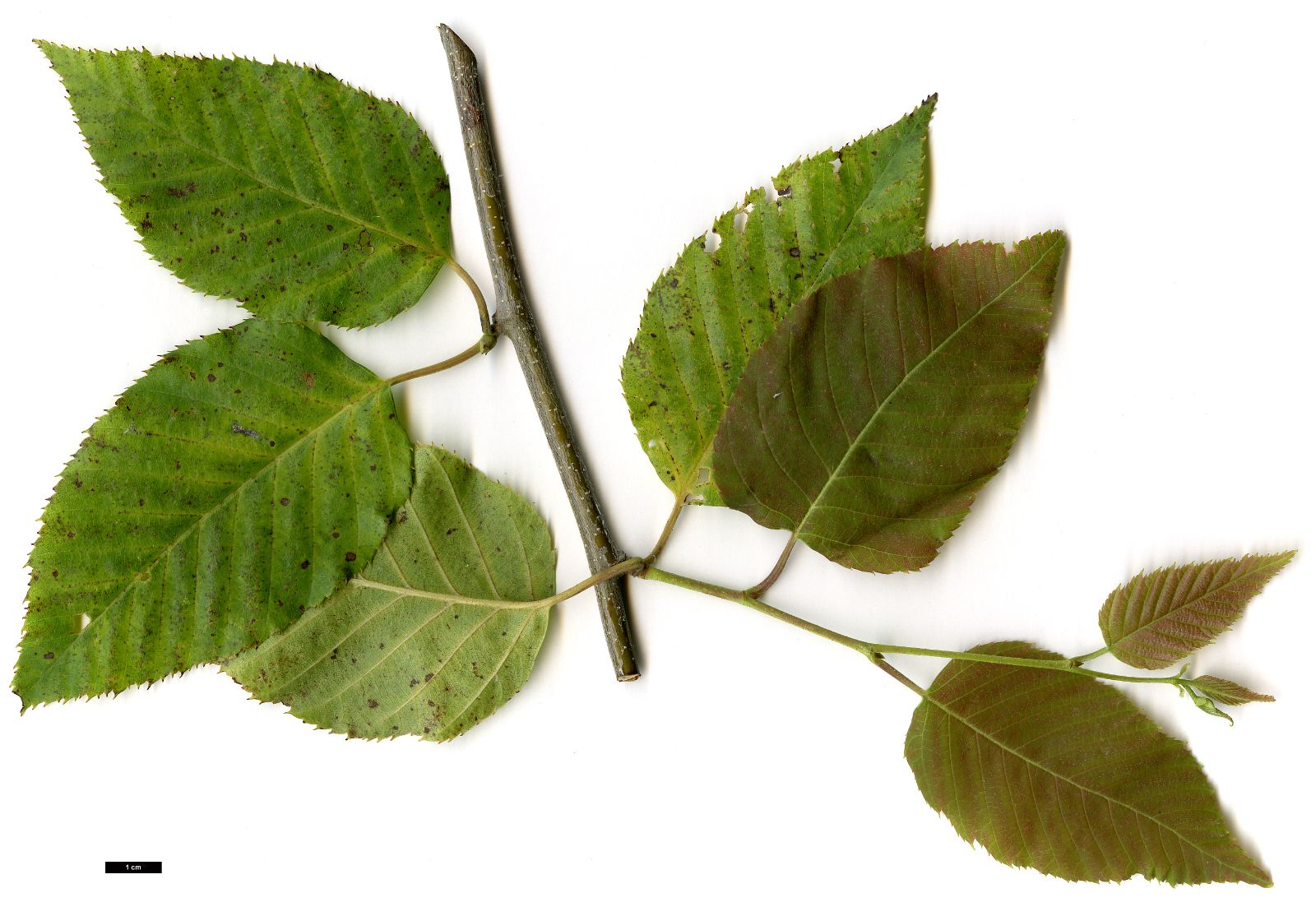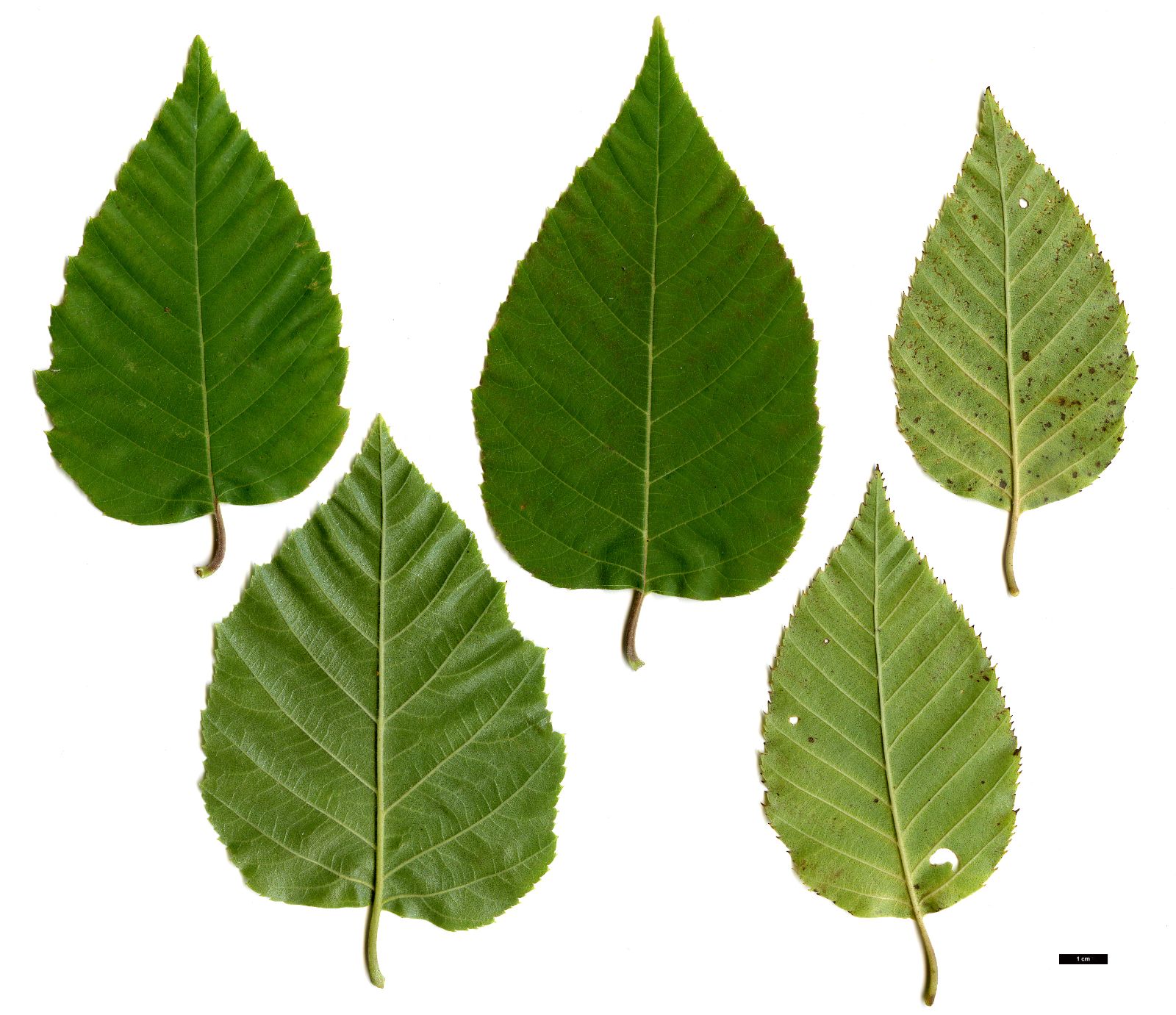Betula luminifera
Credits
Article from Bean's Trees and Shrubs Hardy in the British Isles
Recommended citation
'Betula luminifera' from the website Trees and Shrubs Online (treesandshrubsonline.
Genus
Synonyms
- B. alnoides var. pyrifolia Burk.
Infraspecifics
Other taxa in genus
- Betula albosinensis
- Betula alleghaniensis
- Betula × aurata
- Betula bomiensis
- Betula × caerulea
- Betula chichibuensis
- Betula chinensis
- Betula coerulea-grandis
- Betula cordifolia
- Betula corylifolia
- Betula cylindrostachya
- Betula davurica
- Betula delavayi
- Betula ermanii
- Betula forrestii
- Betula glandulosa
- Betula globispica
- Betula grossa
- Betula humilis
- Betula insignis
- Betula jacquemontii
- Betula lenta
- Betula lutea
- Betula mandshurica
- Betula maximowicziana
- Betula medwediewii
- Betula nana
- Betula neoalaskana
- Betula nigra
- Betula occidentalis
- Betula papyrifera
- Betula pendula
- Betula platyphylla
- Betula populifolia
- Betula potaninii
- Betula pubescens
- Betula pumila
- Betula raddeana
- Betula schmidtii
- Betula szechuanica
- Betula tianschanica
- Betula × utahensis
- Betula utilis
A tall tree, the younger branches bright reddish brown; young twigs covered more or less densely with pale hairs or down. Leaves ovate, 21⁄2 to 5 in. long, 11⁄2 to 31⁄2 in. wide, rounded or slightly heart-shaped at the base, pointed, unequally toothed, each tooth ending in an abrupt, slender point, ciliate, downy on both surfaces, dark dull green above, bright green beneath, covered with minute, lustrous resin-glands; veins nine to twelve; leaf-stalk 1⁄2 to 3⁄4 in. long, downy or nearly glabrous, reddish. The young, expanding leaves are of a pretty, red tinge. Fruiting catkins 11⁄2 to 31⁄2 in. long, cylindrical, 1⁄4 in. diameter, borne singly; scales very small, the middle lobe several times larger than the side ones. Wings of fruit about as broad as the nutlet.
This species is closely allied to the Himalayan B. alnoides (see below), but is a native of W. China; discovered by the French missionary Farges in E. Szechwan and introduced by Wilson in 1901 and again in 1907. According to Wilson it is the common low-level birch in Szechwan and Hupeh, found up to an altitude of about 8,000 ft and rarely more than 65 ft in height. Trees at Kew grew well and were curiously distinct in the resinous sheen beneath the leaves, which became more apparent as the leaf dried. They varied considerably in the downiness of the young shoots. The last of these died in 1960 when 46 ft high.
B alnoides D. Don
Synonyms
B. acuminata Wall., not Ehrh
B cylindrostachya Lindl.
Synonyms
B. alnoides var. cylindrostachya (Lindl.) Winkler

